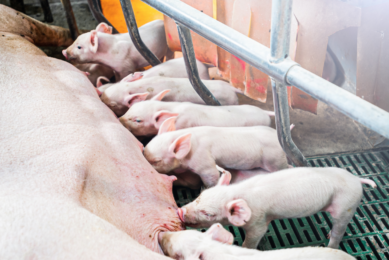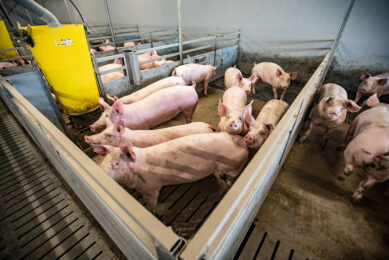Vietnam to see expanding demand for agricultural products
While China and India get most of the press for expanding middle class demand for agricultural exports, Vietnam has the potential to rank right up there with them, according to a panel of experts during the 2012 Commodity Classic.
The panel included: Thomas Dorr, president and CEO, US Grains Council; Mark Jagels, vice chairman of US Meat Export Federation; and Roy Bardole, US Soybean Export Council chairman.
In Vietnam US farmers and ranchers face dual export opportunities from the increasing demand for protein. “The rapidly growing middle class is driving the food demand,” Dorr said.
Export opportunities
On the crop side, more coarse grains and oilseeds will be needed for livestock feed and consumers. On the livestock side, there’s an opportunity to export more beef, pork and lamb to a country that can’t raise enough domestically to fill demand.
On the crop side, more coarse grains and oilseeds will be needed for livestock feed and consumers. On the livestock side, there’s an opportunity to export more beef, pork and lamb to a country that can’t raise enough domestically to fill demand.
Dorr said that USGC expects by 2020, 600 million households will join the global middle class. And those markets will exceed the US, European and Japanese markets in demand within the next decade.
“By 2020, Vietnam could account for 350 million new households in the middle class – that’s about 925 million people,” Dorr said.
Many Asian countries, where the biggest population booms will be, are the least able to increase food production from their own natural resources.
Jagels explained that Vietnam’s 90 million population continues to grow by about 1 million every year, and as of today 54% of that population is under 25 years of age.
Those young Vietnamese, combined with new tastes in cuisine and an increasing GDP (up by 5.89% in 2011), mean the appetite for meat in Vietnam is growing.
Refugees
There’s also a strong demand for meat among the growing Viet Kieu population – the more than 3 million Vietnamese who fled the country at the end of the US-Vietnam war and who currently live outside of the country. These Vietnamese refugees regularly return to their homeland to visit family.
There’s also a strong demand for meat among the growing Viet Kieu population – the more than 3 million Vietnamese who fled the country at the end of the US-Vietnam war and who currently live outside of the country. These Vietnamese refugees regularly return to their homeland to visit family.
Another segment of the population that is growing in buying power are cash-rich farmers who have received large payments for their land from the ever-expanding cities, Jagels said.
With shrinking farmland, he added that it’s doubtful domestic production of coarse grains will be able to fully meet food and feed demand.
“It’s 20 years behind China on the development curve, but they are learning from that example,” Dorr said, adding that there are gigantic new growth opportunities for producers and agribusiness.
Domestic production of coarse grains continues to fall short of the feed and food demand, Dorr said. “Imports of US corn in 2011 were down 1.7 million tonnes just because of the cost and were replaced with feed wheat from Argentina.”
From 2009 to 2010, Vietnam imported nearly 4 million tonnes of corn. He said while their demand for feed corn is growing at a 30% rate, their production can’t match it because of a smaller base.
“Vietnam is the No. 1 market for US dried distillers grains in Southeast Asia and is only behind China, Mexico and Canada,” Dorr said.











